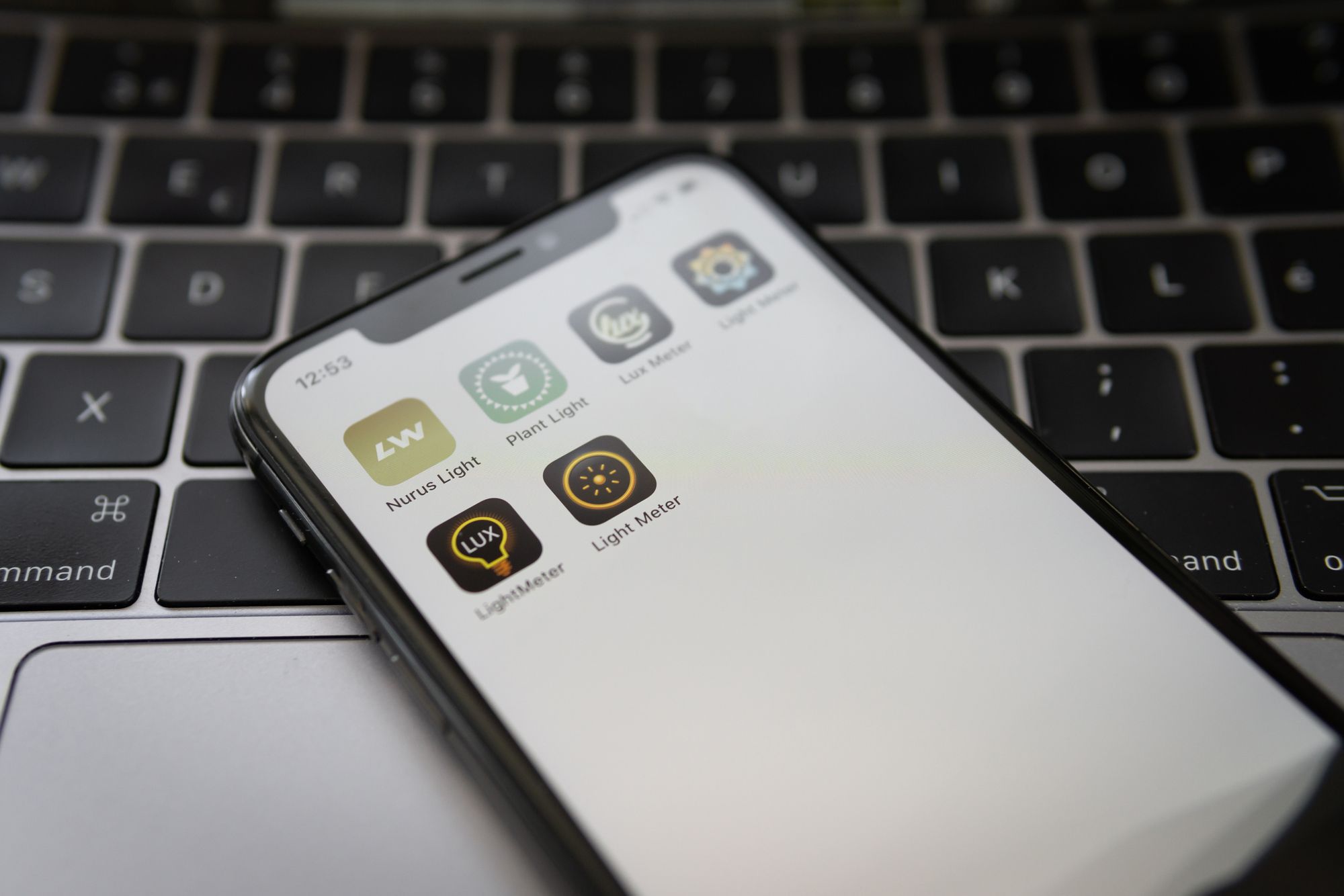sf_frankie
Well-Known Member
Anyone have a source for these? My strips have onboard dimmers that go from 40% to 100% in 20% intervals but I’d like to be able to dim lower/more precisely. Is there just a basic potentiometer type knob that I can plug into the 0-10v RJ45 ports or do I need to run an actual lighting controller? My alibaba supplier said my lights are compatible with the Gavita controller but I was hoping for a lower cost alternative that only controls dimming as I use smart switches for timing, monitoring and remote operation.

